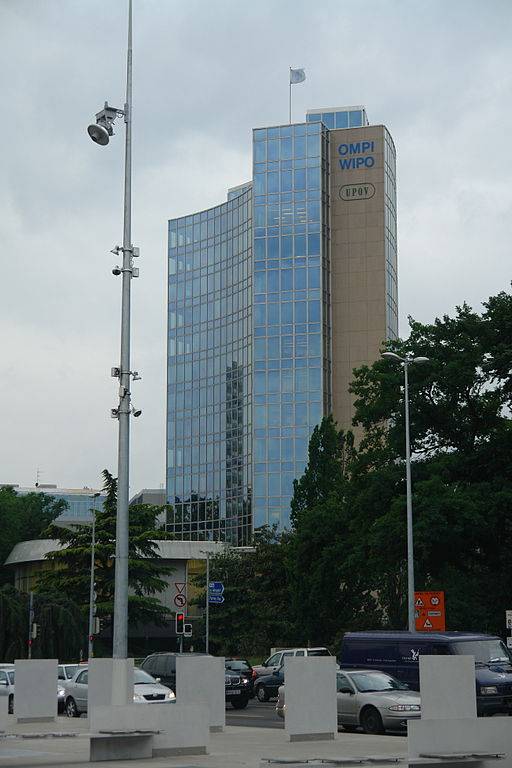First Publication Date: 7th January 2008
Monopoly and related rights have always been frowned upon by the law. The Statute of Monopolies, enacted in England in the year 1623, established that monopolies are not acceptable in law, but made a glorious exception in favour of patentable inventions. Therefore, although the statute prohibited monopolies, it specifically preserved the right of the royalty to grant patents for inventions by manufacturers.
Monopoly and related rights have always been frowned upon by the law. The Statute of Monopolies, enacted in England in the year 1623, established that monopolies are not acceptable in law, but made a glorious exception in favour of patentable inventions. Therefore, although the statute prohibited monopolies, it specifically preserved the right of the royalty to grant patents for inventions by manufacturers.
In pursuance of this individual government backed incentive mechanisms that prevailed in different parts of the world over a long period of time, there began an international movement towards forming a union of countries wanting to follow certain norms in this regard. The idea was to evolve and consolidate the basic features that could establish and enforce intellectual property rights, especially patents.
The Paris Convention for the Protection of Industrial Property, formed in 1883, was the first significant outcome in this regard. Even today, the Paris Convention forms the keystone of the international regime for the protection of industrial property. A testimony to the Convention’s continuing relevance is the fact that the World Trade Organization Agreement on Trade-Related Aspects of Intellectual Property Rights (TRIPs Agreement) has expressly included, by reference, the substantive provisions of the Paris Convention, as revised in Stockholm in the year 1967. As a consequence of this reference and inclusion, Paris Convention today extends to about 171 countries, including all the members of the World Trade Organization.
The Paris Convention for the Protection of Industrial Property, formed in 1883, was the first significant outcome in this regard. Even today, the Paris Convention forms the keystone of the international regime for the protection of industrial property. A testimony to the Convention’s continuing relevance is the fact that the World Trade Organization Agreement on Trade-Related Aspects of Intellectual Property Rights (TRIPs Agreement) has expressly included, by reference, the substantive provisions of the Paris Convention, as revised in Stockholm in the year 1967. As a consequence of this reference and inclusion, Paris Convention today extends to about 171 countries, including all the members of the World Trade Organization.
The Paris Convention obligates the member nations to implement their national legislations in a manner that is compliant with the specific norms that are stipulated in its provisions. Let us glance at a few of such provisions that relate to patents:
1. Principle of National Treatment – The Paris Convention gave birth to the now well established principle of national treatment. What it essentially means is that a member nation is obligated to treat the persons of other member nations in the very same manner as its own nationals. For instance,India is obligated to apply the very same law, legal procedures and provide equal remedies to Americans as well as Indian nationals. The formation of this principle was a landmark step in the legal recognition of IPRs across the globe. With the establishment of the TRIPs Agreement, this principle has gained further impetus and achieved the status of a fundamental rule of international trade. This rule establishes the much desired uniformity in international norms relating to IPRs and goes a long way in making all of us “global citizens”, not to be discriminated on the basis of territorial boundaries.
2. Priority Right – The Paris Convention is reputed also for the establishment of an international priority right. What it provides is that a person who has filed for a patent in a member nation can use such first filing date as the effective filing date in any of the other member country as well. Of course, in order to gain the advantage of such a priority in another country, the applicant shall have to file the applications across other countries within a period of 12 months from the first filing date. This rule is enormously beneficial to individual inventors who need to grapple with international commercial entities in protecting their rights on the invention.
3. Right of the inventor – The inventor has been bestowed a right by the Paris Convention to be necessarily acknowledged by way of a mention in the patent that is granted. Considering the wide gamut of commercial and work based relationships, it is often the case that the inventor loses the invention to a more powerful employer, or the funding entity or sometimes even the Government. Though being a mere right of acknowledgement, it certainly reinforces the fact that the inventor is the only cynosure of international IPR recognition.
The Paris Convention, now coupled with the force of the TRIPs Agreement, provided the much needed impetus to the global recognition and enforcement of IPRs, particularly patent rights. We have seen a few reasons as to why the Convention retains its importance even today. In the next part we shall discuss few more of the Convention’s salient features, which continue to govern and determine IPRs across the world.
Source/Attribution here. (This image is in public domain)
Source/Attribution here. (This image is in public domain)



